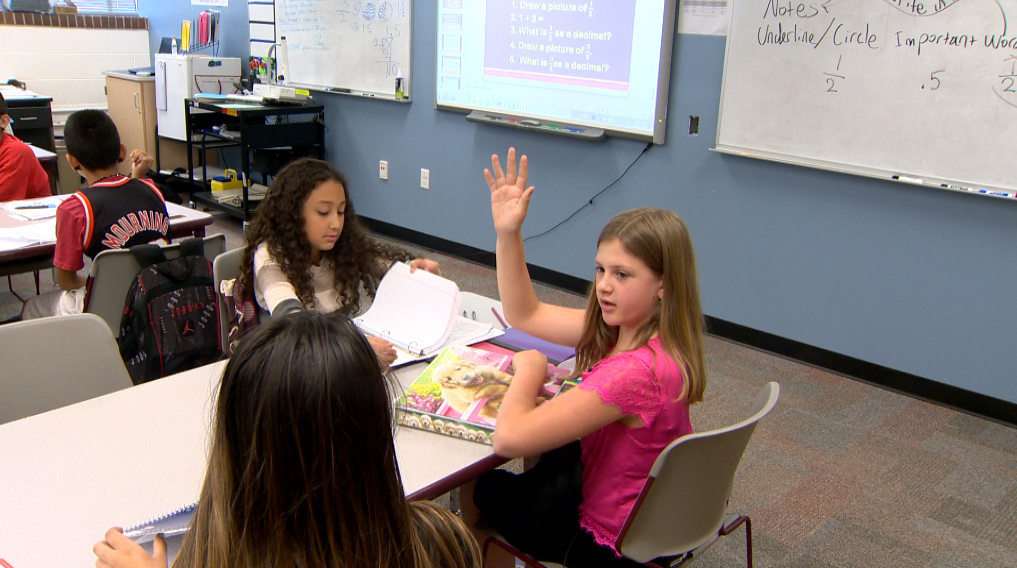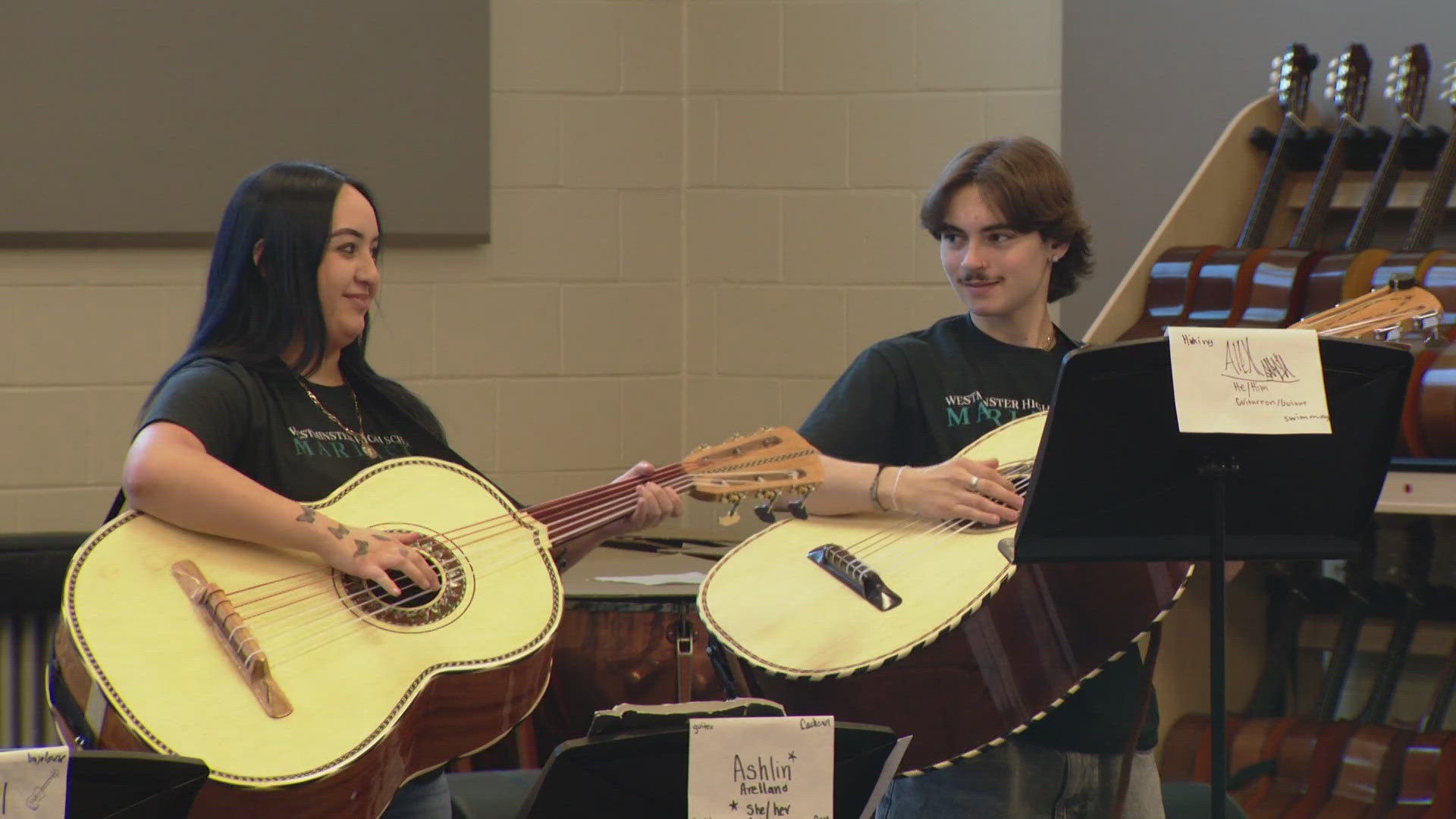EDGEWATER - When Shyanne Armstrong first heard that she will attend Jefferson High School as a seventh grader, she did not like the idea at all.
"They are going to put the seventh and eighth graders with the taller, way much more bigger-than-us kids," Shyanne said. "I thought it was going to be stupid."
The Jefferson County School District wanted to find a new way to help students in two areas where students continually struggle academically. So, they proposed to change Jefferson and Alameda High Schools into schools with grades 7 through 12, eliminating middle school.
"We are an area that has a lot of poverty," Michael James, principal of the now named Jefferson Junior/Senior High School.
James says both the Jefferson and Alameda articulation areas have a lot of low income families and a lot of students who are learning to speak English. He believes eliminating middle school is a big key to academic success.
"To cut out transitions is absolutely the most important part of the process. The reason why we're changing is to get rid of the multiple transitions that we had," James said. "Statistics and data say whenever there is change in school, achievement goes down."
Karen Quanbeck is the achievement director for the Jefferson Area. She says the grade configuration is just one piece. Teachers are now embracing a three pillar approach to education at Jefferson and at the elementary schools that feed into it. The pillars are culture and engagement, language for achievement, and professional learning communities.
"Our whole plan is based on the needs of our students," Quanbeck said.
She says that with stability from kindergarten through sixth grade and again from grades 7 through 12, teachers will be more effective.
"Teachers get to know their kids at a much deeper level as they build those relationships," Quanbeck said. "They understand the families. They have a higher understanding of the culture."
James says it builds a different school environment.
"Great support of our high school kids really taking ownership as role models and really mentoring our younger kids," James said.
He says there also parameters in place, as well. Grades 7,8,9 take most of their classes separated from the older kids and have a different lunch period. James also says teachers are stationed throughout the hallways to make sure everyone can get to classes safely.
"It's more crowded," Shyanne said.
She does admit that so far, it has been a little confusing navigating the bigger high school campus.
"I keep on going straight into the high schoolers hallway instead of turning into my hallway," Shyanne said.
But, James says the first week of his 7-12 school has gone by smoothly with no issues despite the wider age range of students on campus.
"In my brain. I know that in a month, there's not going to be any issue at all," James said.
Quanbeck is confident that the three pillars of strategy and the new configuration will work.
"We absolutely expect to kids performing at a higher level even by the end of the year," Quanbeck said.
James says for his area eliminating middle school is the right idea, but it may not work for everybody.
"I think it depends on your area," James said. "I can't wait for five or six years from now to see our eighth graders and seventh graders graduating and see what effect it has on them."
Shyanne says the effect it is having on her so far is that she's changed her mind.
"I like it and now I think it's a good idea," Shyanne said. "I like all my teachers, my classes, and I like everything."
(© 2015 KUSA)


